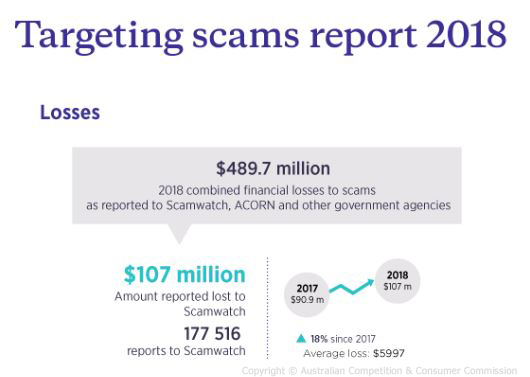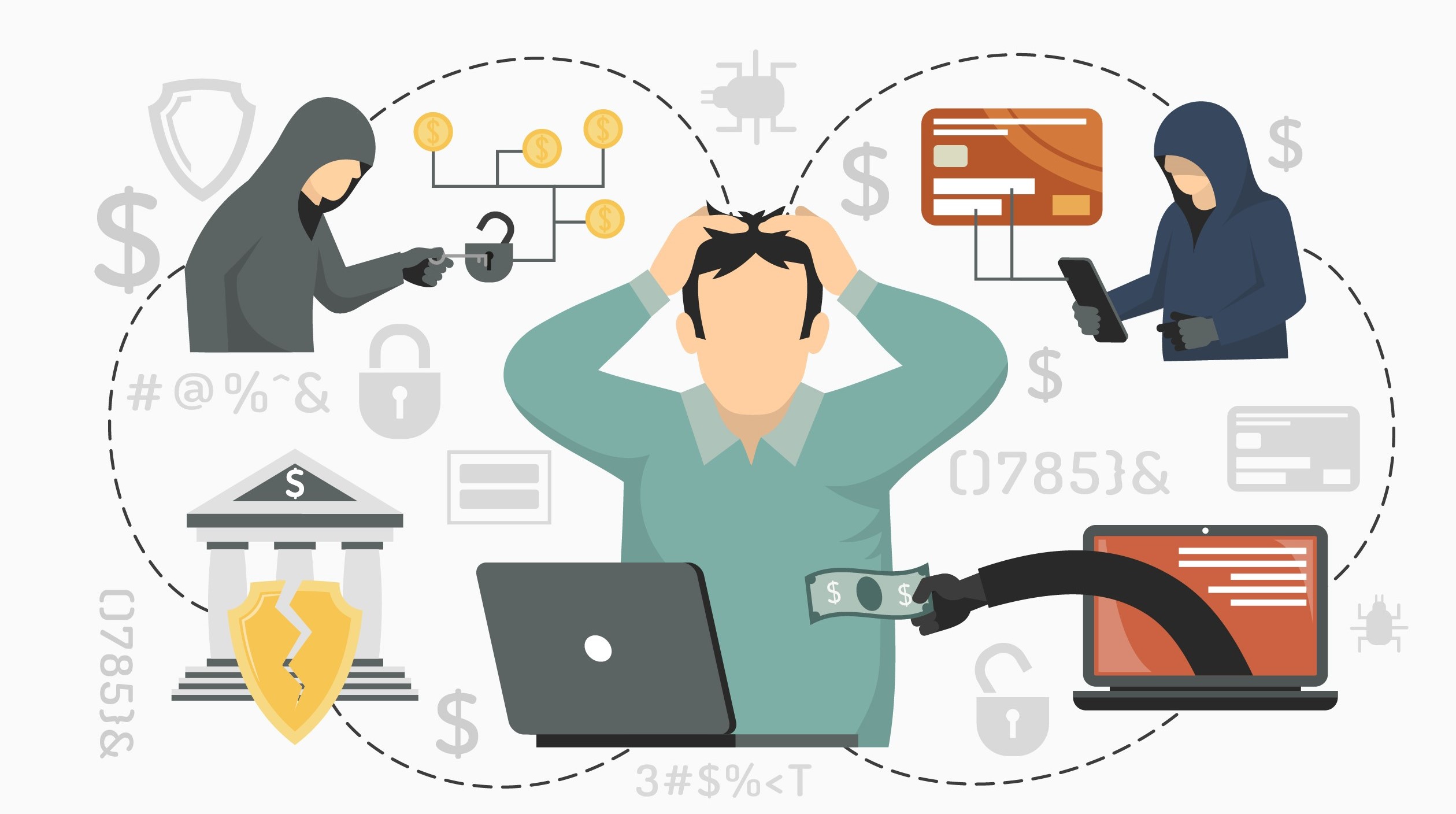If you've been to university in the past two decades, you can attest to the number of individuals who find themselves confused or lost by choosing the wrong training course or degree. Despite this, employers and students alike still place great significance on acquiring a qualification to prove their ability.
There are a range of certification options available in almost any career, but IT training will always benefit individuals with unique and diverse skill sets. Any individual or business that values specificity and competency in their work will know the improvements that well-designed training courses can bring.
ALC offers a selectively designed program to ensure that all trainees return to their jobs able to make an impressionable and instant difference to their role. So, which training course is right for you?

Below, we'll take a look at the selection of courses provided by ALC Training across three of their five key areas.
ITIL is an essential qualification for those wishing to make a difference in IT service management.
IT Service Management
The Information Technology Infrastructure Library (ITIL) is an IT Service Management framework, an essential qualification for those wishing to make a difference in IT service management. The foundation course covers a number of areas to help you learn the fundamental features of ITIL and prepare for the foundation certificate exam.
The 3-day training comprehensively details all foundation subjects – from the history of ITIL itself through to service management, strategy and design and much more. The foundation course finishes with an ITIL certification exam and its relation to other key training areas, including:
- COBIT
- PRINCE2
- ISO/IEC 20000
- ISO 27000
Further ITIL training is also offered, with the ITIL Expert qualification awarded to those who successfully complete the range of training modules.
Project, Programme and Portfolio Management
PRINCE2 training can offer a number of benefits to team project management – whether it's aiding the clear communication between a team, integrating client requests into an existing project or bringing on new staff to a project.
The 5-day foundation and practitioner course provides effective training for those who wish to grasp the key concepts and frameworks of PRINCE2 while also gaining recognised qualifications.
The first part of the course covers the seven principles, themes and processes of PRINCE2, with the second half committed to the implementation of PRINCE2 and management of a project – with practitioner certification held at the closing of the course.
SABSA training provides improved competency in business-driven security strategy and architecture.
Information Security
ALC offers a diverse array of information security training courses, including SABSA, CISSP, CRISC, ISO 27001 and CISM.
Whether you want SABSA training for improved competency in business-driven security strategy and architecture, or ISO 27001 certification gained from practical teaching, ALC Training can provide a structured career path.
These courses aren't limited to network administrators or engineers, however. The Information Security for Executives presentation uses pertinent scenarios to help those in higher positions better understand the roles and challenges of security professionals.
For those with a large roster of staff, the Information Security Awareness Program addresses social engineering – the use of humans as manipulatable targets for hackers – and can be incredibly effective in identifying malicious cyber-tactics.
ALC Training from foundation to expert
ALC is a supplier of expert training and services for businesses and individuals – able to provide and implement effective IT solutions. ALC Training courses are designed to equip professionals with the skills needed to make an immediate difference in their role.
With classes offered in New Zealand, Australia and areas of Southeast Asia, now is a great time to get in touch with ALC Training and find out how specialised courses can help you take the next step in your IT career.






 Making sure security is a prime focus is essential.
Making sure security is a prime focus is essential.
 How could simple fixes have stopped these breaches?
How could simple fixes have stopped these breaches? How does the internet empower women?
How does the internet empower women? How can COBIT 5 help your cybersecurity protocols?
How can COBIT 5 help your cybersecurity protocols? How can an organisation better identify and manage risk associated with cyber security?
How can an organisation better identify and manage risk associated with cyber security? How secure is your mobile phone device?
How secure is your mobile phone device? Is your small business safe?
Is your small business safe?